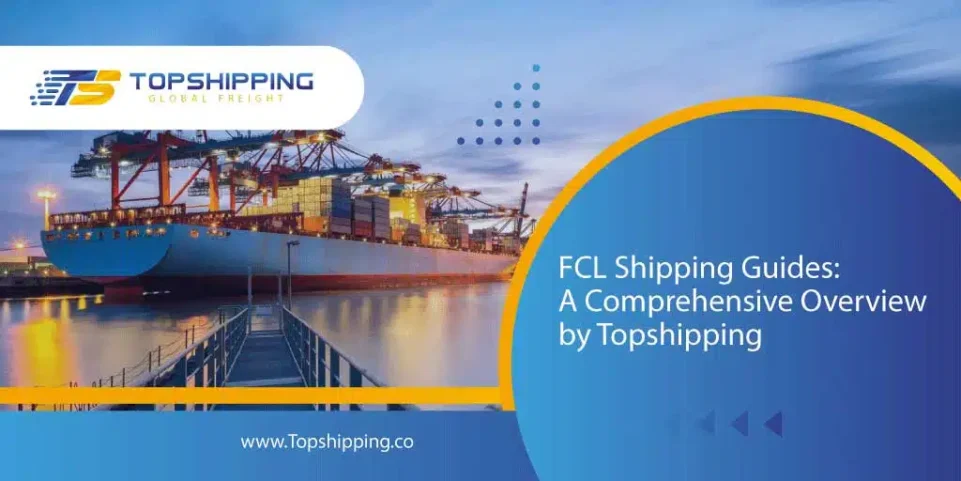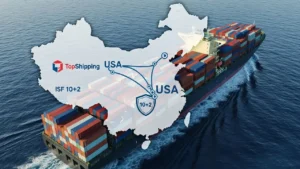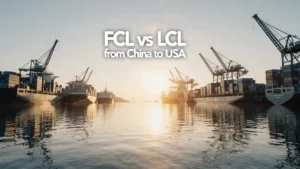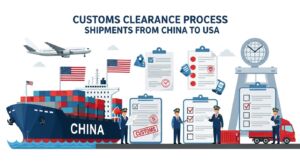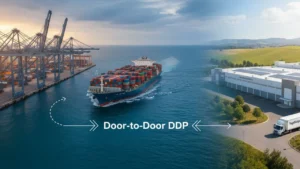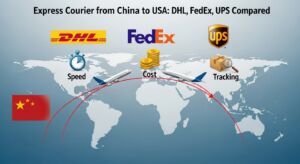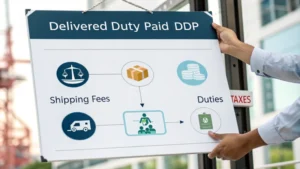FCL shipping, short for Full Container Load shipping, is a popular method for moving goods across the globe. At Topshipping, we take pride in leading the industry by offering a comprehensive guide to FCL shipping.
Our guide covers essential details for both businesses and individuals involved in international trade. Understanding the concept of Full Container Load size is crucial, as it directly impacts the efficiency and cost-effectiveness of your shipments.
When navigating FCL shipping, it’s vital to be familiar with the relevant Incoterms. These terms define the responsibilities of buyers and sellers and are key to managing costs and risks throughout the shipping process.
Grasping the nuances of FCL Incoterms and the significance of Full Container Load size can greatly enhance your shipping experience. Whether you’re a business looking to streamline operations or an individual handling international shipments, this knowledge ensures a smoother, more efficient journey for your goods.
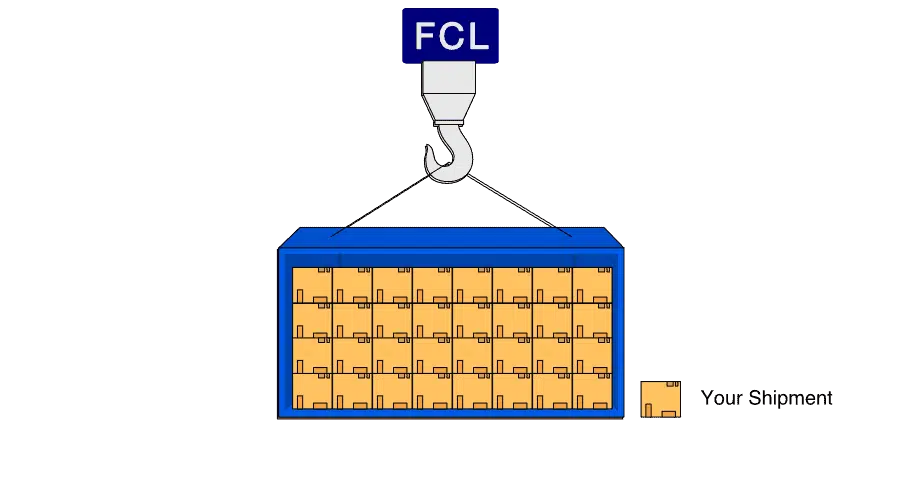
Understanding FCL Shipping
When it comes to international shipping, Full Container Load (FCL) is more than just a shipping method; it embodies trust, reliability, and efficiency.
FCL shipping means you have a dedicated container for your goods, ensuring they are safe and secure from the moment they leave your warehouse until they reach their destination.
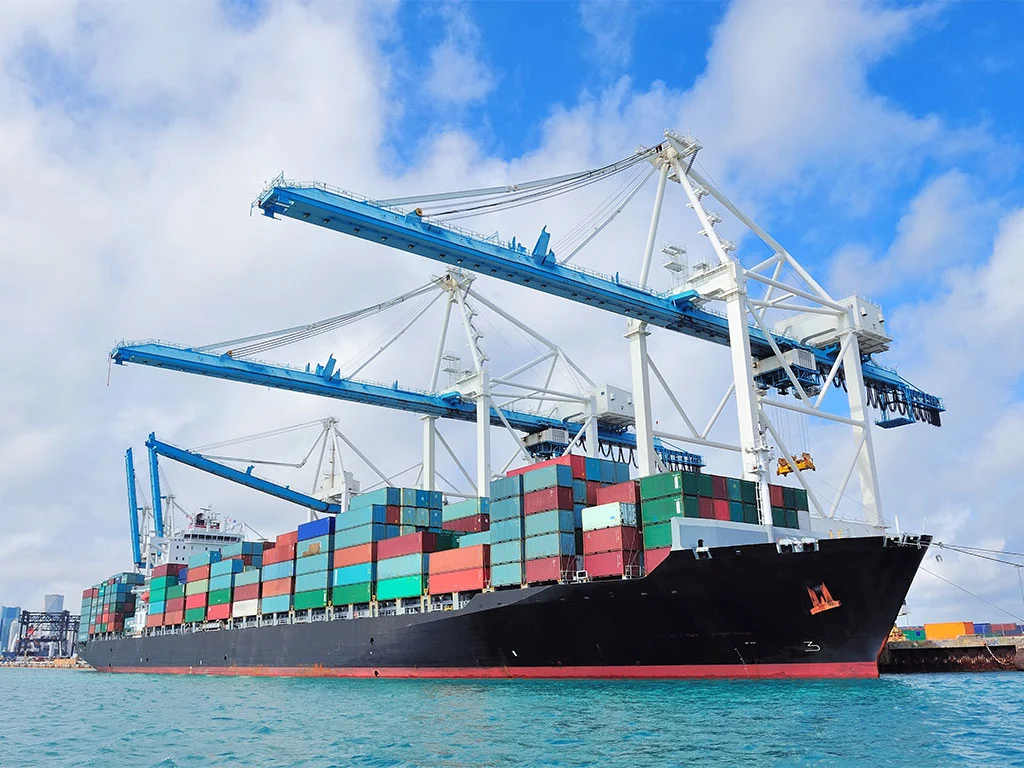
FCL meaning in shipping?
In shipping, FCL (Full Container Load) is a method where an entire container is reserved exclusively for one consignee’s goods. This means that the shipper gets complete use of the container, filling it with only their cargo whether it’s merchandise, machinery, raw materials, or personal items.
Opting for FCL offers substantial benefits. It provides greater control over your shipment, minimizes the risk of damage or loss, and often results in lower costs per unit for larger shipments. Since the container isn’t shared with other shippers, there’s no risk of mixing cargo, ensuring a secure and efficient shipping process. This guarantees that your goods arrive at their destination safely and intact. FCL is perfect for businesses or individuals needing to move large quantities, offering peace of mind and confidence throughout the entire shipping journey.
Why Choose FCL Shipping?
Opting for FCL means your cargo occupies an entire container, providing a private space on the vast ocean of global trade.
This setup offers peace of mind, as your goods are protected from potential damage or contamination by other shipments.
With FCL, you control the journey, including the pace, schedule, and conditions of transport.
Commitment to Quality
FCL shipping represents a commitment to quality. It ensures that your valuable goods arrive intact and on time, which is crucial for maintaining customer satisfaction.
For businesses, using FCL is not just about logistics; it’s a statement of trustworthiness to your clients, demonstrating that you prioritize their needs and the integrity of your products.
The Heartbeat of Reliability
In an increasingly competitive market, FCL shipping stands out as a reliable choice. It reflects your dedication to excellence and customer satisfaction.
It’s not just about moving goods; it’s about moving forward with confidence and peace of mind.
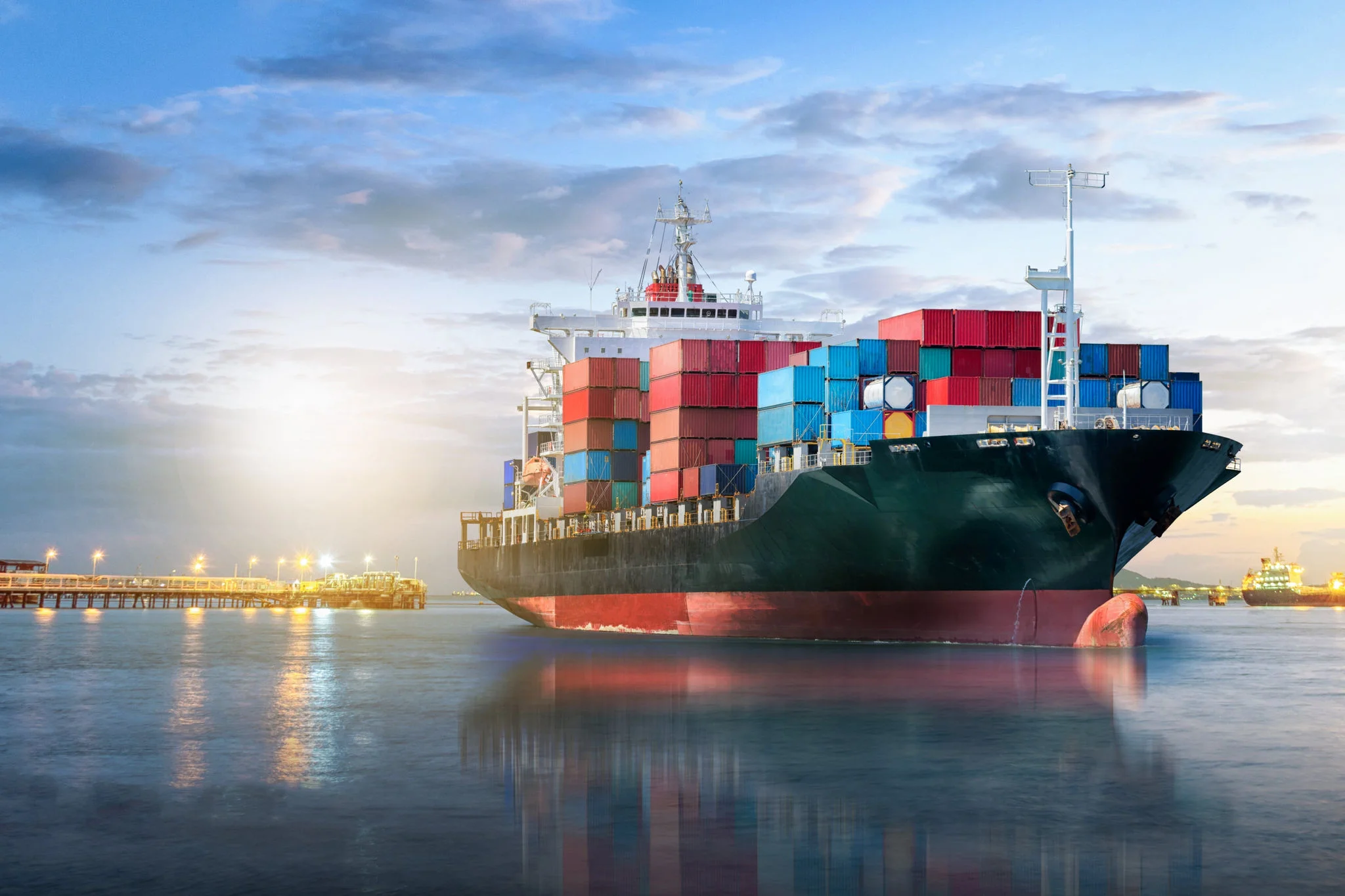
FCL Incoterms Shipping definition
FCL, or Full Container Load, refers to a shipping method where an entire container is reserved exclusively for one consignee’s goods. In the Incoterms FCL definition, this approach gives shippers complete control over the loading process, allowing them to fill the container with various items, including merchandise, personal belongings, industrial equipment, or raw materials.
Because the container is dedicated solely to one shipper’s cargo, there is no mixing with other shipments. This significantly reduces the risk of damage or loss during transit. FCL is especially beneficial when the volume of goods is large enough to fill a standard 20-foot or 40-foot container.
Opting for FCL Incoterms offers shippers more control over their shipping process and can be a more cost-effective solution for transporting large quantities of goods than Less than Container Load (LCL) methods. This choice ensures a more secure, efficient, and streamlined shipping experience, providing peace of mind for businesses and individuals alike.
What does FCL Incoterms Shipping stand for?
FCL, or “Full Container Load,” is a popular shipping method in international logistics where a single consignee uses an entire shipping container to transport their goods.
Unlike other methods, FCL ensures that the container is filled solely with one shipper’s products, avoiding the mix of cargo from different sources.
The shipper is responsible for loading their items, which can range from consumer goods and machinery to raw materials and perishables, into the container.
FCL is ideal when the shipment volume is large enough to fill at least a standard 20-foot or 40-foot container.
Choosing FCL offers several benefits. Shippers gain greater control over their cargo, minimize the risk of damage or loss, and often enjoy lower shipping costs compared to Less than Container Load (LCL) methods, where multiple shippers’ goods are combined in a single container.
Ultimately, FCL provides a reliable, secure, and cost-effective solution for businesses and individuals needing to move large quantities of goods across borders.
It offers peace of mind with its streamlined process, ensuring that shipments arrive safely and efficiently.
The benefits and drawbacks of
FCL Incoterms
Benefits of FCL Incoterms Shipping:
Exclusive Use of Container:
With FCL shipping, the entire container is dedicated to the goods of one shipper, eliminating the risk of damage or loss from mixing cargo with other shippers’ goods.
Reduced Handling:
FCL shipments typically involve fewer handling stages compared to LCL (Less than Container Load), reducing the risk of damage and minimizing transit time.
Increased Security:
Since the container is sealed at the point of origin and remains unopened until it reaches the destination, FCL shipments offer greater security for the contents of the container.
Flexibility:
FCL shipping provides flexibility in terms of packing and loading, allowing shippers to optimize the use of space within the container according to their specific requirements.
Cost-Effectiveness:
For shipments with large volumes of goods, FCL shipping can be more cost-effective on a per-unit basis compared to other shipping methods like LCL.
Drawbacks of FCL Incoterms Shipping:
Higher Costs for Small Shipments:
FCL shipping may not be cost-effective for small volumes of goods since the shipper pays for the entire container, even if it’s not fully utilized.
Requires Inventory
Management:
Shippers need to have sufficient inventory to fill a container, which may require additional storage space and inventory management efforts.
Limited Destination Access:Some destinations may have restrictions on container sizes or infrastructure limitations, making it challenging to use FCL shipping for certain locations.
Potential for Delays:If there are delays in filling the container or issues with customs clearance, it can lead to longer transit times and potential storage fees at ports.
Container Availability:
During peak seasons or in high-demand routes, securing available containers for FCL shipments may be challenging, leading to potential delays or increased costs.
In summary, while FCL shipping offers numerous benefits such as enhanced security, reduced handling, and flexibility, it may not be suitable for all shipments due to factors such as cost considerations, inventory management requirements, and destination limitations.
Shippers should carefully weigh the advantages and drawbacks of FCL shipping to determine the most suitable shipping method for their specific needs.
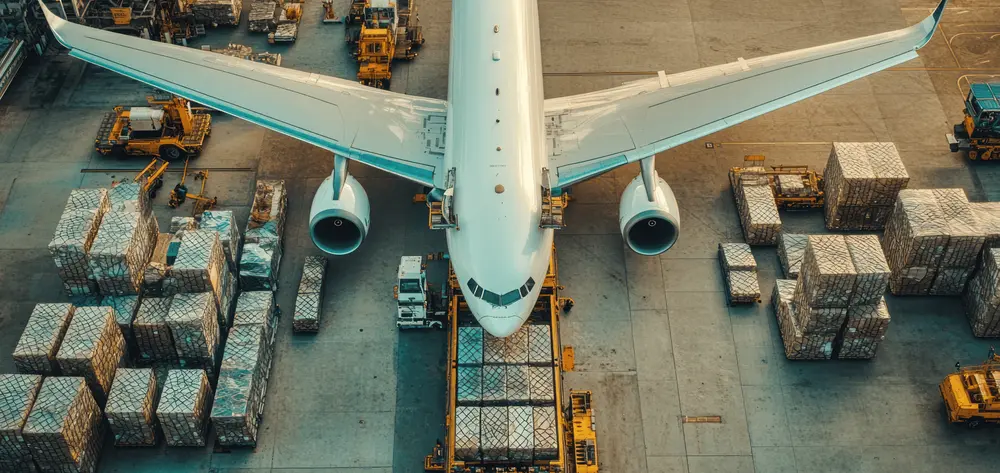
How much does it cost to ship a shipping container?
The cost of shipping a container can vary widely, especially when using FCL (Full Container Load). With FCL, shippers pay a set price for the entire container, regardless of how much is loaded into it. Generally, FCL becomes more cost-effective than LCL (Less than Container Load) when the shipment exceeds around 13 cubic meters (CBM), as it lowers the cost per unit.
However, several key factors affect FCL shipping costs:
GRIs (General Rate Increases): Shipping rates can fluctuate due to General Rate Increases (GRIs), which carriers may apply at the start and mid-month, often in response to changing demand. These adjustments can significantly impact the cost of shipping a container.
Peak Season Price Spikes: During peak seasons, usually from August to November, shipping volumes surge as businesses prepare for the holidays. This increased demand can lead to higher prices due to surcharges and capacity constraints.
Holiday Delays: Important holidays, such as the Chinese New Year in February and Golden Week in the fall, can disrupt shipping schedules and impact prices. When shipping from regions like China, it’s essential to be aware of these holidays to avoid delays and additional costs.
Understanding these factors helps shippers manage their shipping costs more effectively. By staying aware of GRIs, peak season pricing, and holiday schedules, shippers can better plan their logistics, optimize their FCL shipments, and avoid unexpected expenses.
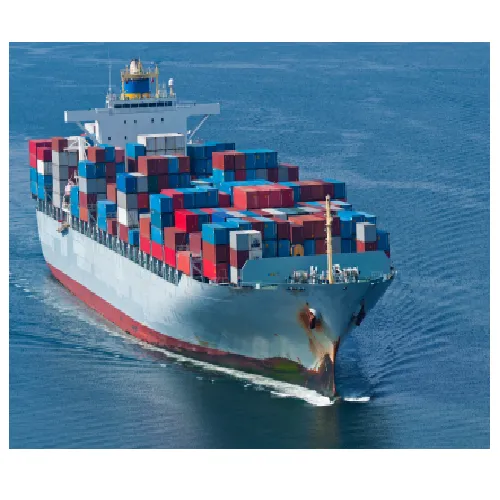
Crucial Considerations for FCL Incoterm Shipping
Crucial Considerations for FCL Incoterm Shipping
Container Types and Sizes
Understanding different vessel types (e.g., dry van, cooled, open- top) and sizes( 20ft, 40ft,etc.) is pivotal when planning FCL shipments. Topshipping offers a range of vessel options to accommodate different weight conditions.
Container Sizes for FCL Incoterm Shipping
When it comes to FCL( Full Container cargo) shipping, there’s a wide range of vessel types and sizes available to meet your specific requirements. Let’s explore the colorful vessel options in detail:
1. Dry Containers:
The most generally used holders for FCL shipping are dry holders. They aren’t temperature-sensitive and are ideal for transportingnon-perishable goods. Then are the different sizes of dry holders:
20ft Container:
This vessel has a capacity of33.2 boxy measures. It can accommodate roughly 9- 10 standard pallets or 11 Euro pallets.
40ft Container: With a capacity of67.7 boxy measures, this vessel is larger than the 20ft bone . It can hold around 23- 24 Euro pallets or 20- 21 standard pallets.
8ft Container: As the lowest vessel size, it offers a capacity of9.95 boxy measures. Its maximum gross weight is 6000 kilograms, and the tare weight is 950 kilograms.
10ft Container: Slightly larger than the 8ft vessel, it provides a capacity of15.95 boxy measures. The maximum gross weight is 10000 kilograms, and the tare weight is 1000 kilograms.
40HC Container: This vessel is analogous to the 40ft vessel but has a advanced capacity to accommodate high goods. It offers a capacity of76.4 boxy measures, a maximum gross weight of 30480 kilograms, and a tare weight of 3660 kilograms.
53ft Container: The largest vessel size available, it weighs 5020 kilograms when empty and can be loaded up to 25460 kilograms.
45HC Container: With a capacity of 86 boxy measures, this vessel is suitable for big weight. It has a tare weight of 4870 kilograms and a maximum gross weight of 32475 kilograms.
2. Special Containers:
In addition to dry holders, there are specialized holders designed for specific shipping conditions. Then are two exemplifications:
Reefer Containers: Reefer holders are equipped with temperature regulation systems, making them suitable for transporting perishable goods similar as fruits and vegetables. These holders insure that the weight remains fresh throughout the trip.OOG( eschewal Of Gauge) Containers: OOG holders are used when dispatching particulars with irregular shapes or sizes. exemplifications of OOG holders include flat rack and open-top holders. They give inflexibility in accommodating large or unconventional weight.
Packaging and lading
Proper packaging and lading ways insure weight safety during conveyance. Topshipping recommends:
Using sturdy packaging accoutrements and securing goods within the vessel.Distributing weight unevenly to maintain vessel stability.Employing applicable dunnage and bracing for fragile particulars.
Attestation and Customs Compliance
Accurate attestation is vital for flawless FCL shipping. Topshipping assists guests in preparing essential documents, including:
1. Bill of Lading(BOL): This document is issued by the carrier to the shipper and must be inked by the supplier, carrier, and shipper. It contains important information similar as:
Type of goods being packedvolume of goodsDestination of the goodsName and address of the philanthropistTerms of trade
2. Commercial Invoice: This document is essential for customs concurrence and is issued to the shipper. It provides details about the value of the goods and dispatching information, including:
Supplier’s detailsBuyer’s detailsAnchorages of lading and destinationTerms of payment
3. Packing list: The packing list provides a comprehensive force of the payload. It includes the following information:
Description of the goodsvolume of the goodsType of packaging usedNumber of packagesCarrier’s nameShipping date
4. Bill of export (shipping bill): Bill of Export( Shipping Bill) This document is filed at the harborage of lading and contains the following details:
Information about the exported goodsVessel nameExporter’s detailsPort of ladingDestination country
5. Bill of entry: To allow the goods into the destination country, a bill of entry is filed either by custom concurrence agents or the importer. It includes the following information:
Importer’s detailsExporter’s detailsImport license numberDestination harborageDescription and value of the goodsRate of import duty
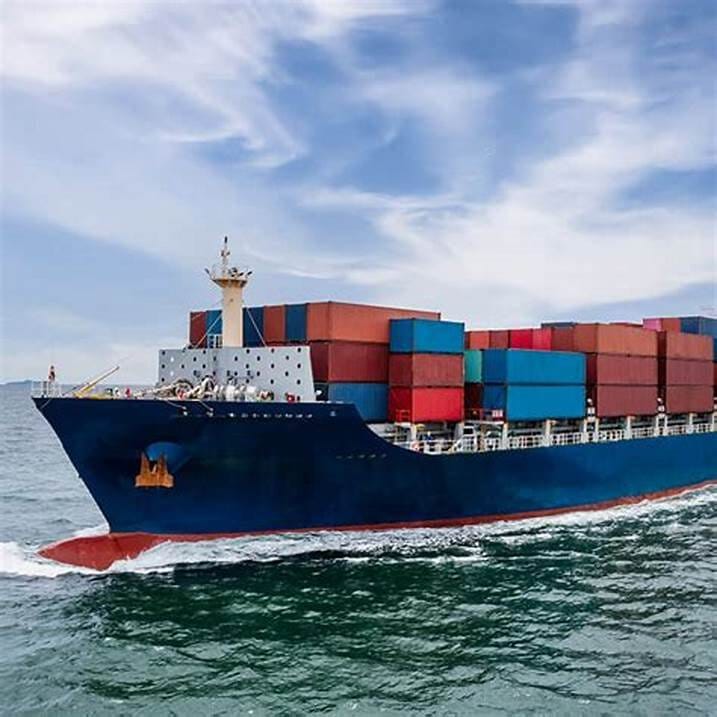
FCL Incoterm Process
The FCL Incoterm (Full Container Load) process is designed to give shippers complete control and peace of mind over their international shipments. By choosing FCL, shippers reserve an entire container exclusively for their goods, ensuring that their cargo travels securely without the risk of being mixed with other shipments.
Step-by-Step FCL Shipping Process
Planning and Packing: The process begins with careful planning. The shipper is responsible for packing and loading their goods into the container. This allows for maximum flexibility, enabling shippers to arrange their cargo in a way that minimizes damage and optimizes space.
Sealing and Transport: Once packed, the container is sealed and transported to the port for departure. This ensures that the cargo remains secure during transit.
Transit Security: During the journey, FCL shipping offers enhanced security and speed. Since the container is not shared, the risk of delays and potential damage associated with mixed cargo is significantly reduced. The shipment travels directly to the final destination port.
Customs Clearance: Upon arrival, customs clearance is handled according to the selected Incoterm agreement, ensuring compliance with all regulations.
Delivery: Finally, the container is delivered to the consignee’s location, ready to be unloaded. This streamlined process ensures efficiency, reliability, and control, allowing shippers to have confidence that their cargo will reach its destination in optimal condition.In summary, the FCL Incoterm process is an efficient and secure option for managing international shipments. By providing shippers with greater control and minimizing risks, FCL shipping enhances the overall experience of international trade. With this method, shippers can operate with peace of mind, knowing their goods are in good hands throughout the shipping journey
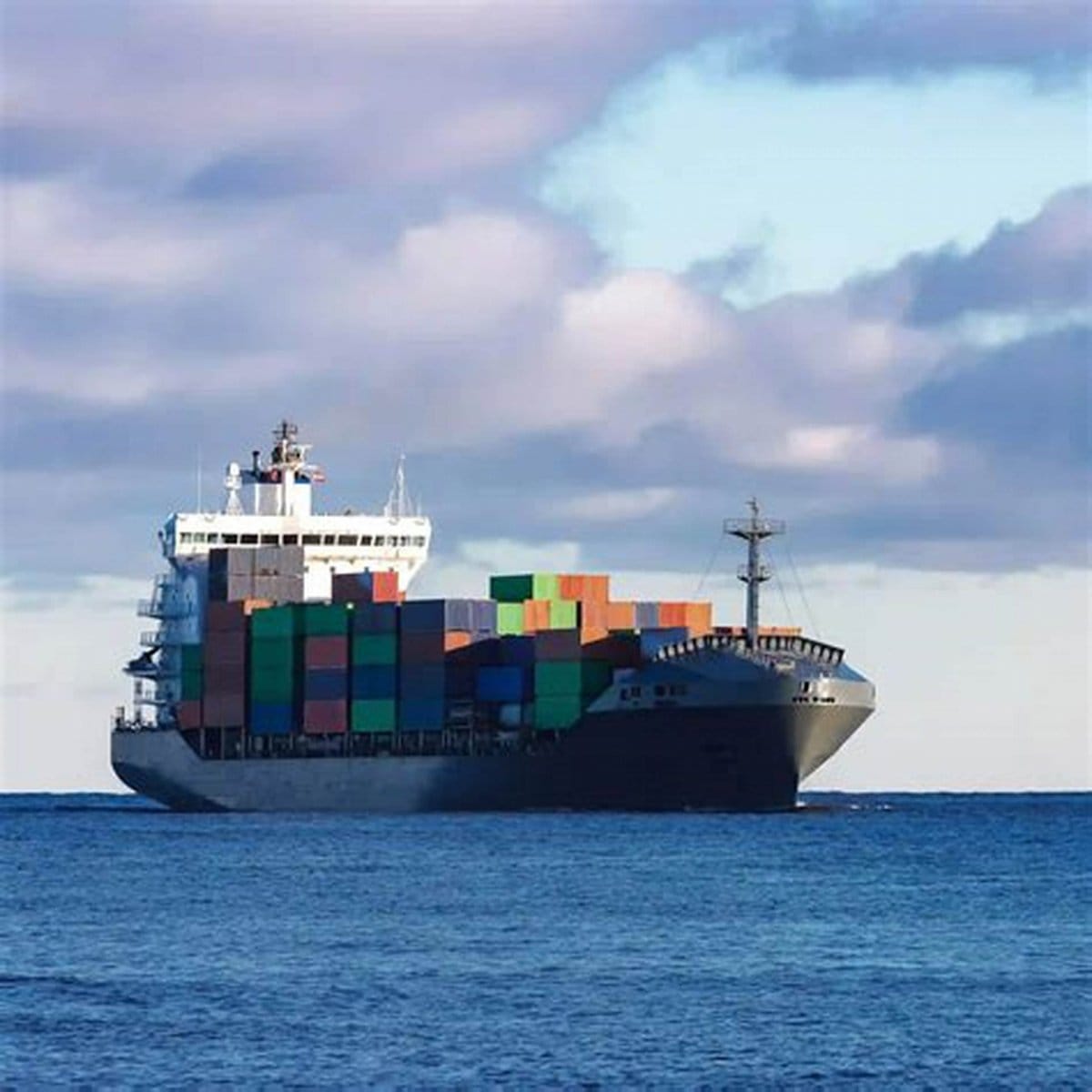
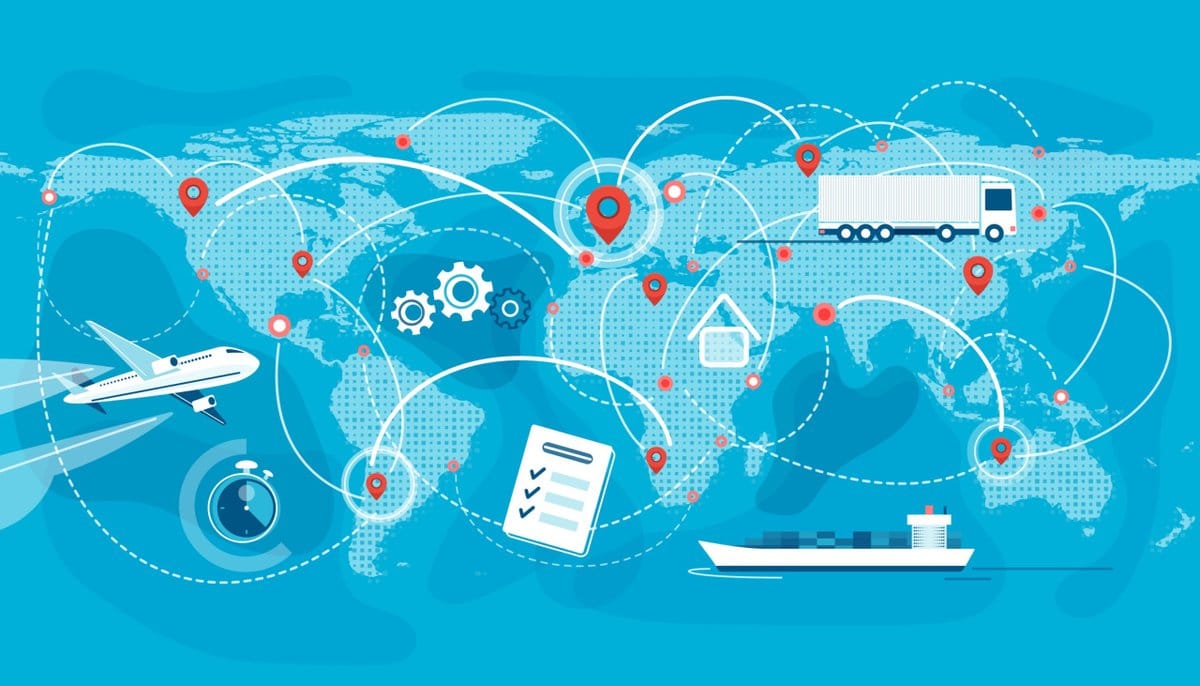
How to ship FCL Incoterm with TopShipping
When you choose to bespeak your FCL payload with TopShipping, we take care of the confusing and time- consuming details for you. Then is how our services can profit you
As a trusted shipping provider, TopShipping offers a flawless booking experience. You will have access to a wide range of real- time quotations, barring the need for back- and- forth communication with freight forwarders. With just a regard, you can compare request rates and make an informed decision.
During the booking process, you can accessibly add insurance and customs concurrence services for your payload. We insure that all necessary attestation and compliance conditions are taken care of, saving you time and trouble.
With TopShipping, tracking your payload is hassle-free. Our platform provides real- time shadowing updates, allowing you to cover the progress of your weight from volley to delivery.
Our devoted support platoon is available to help you with any questions or enterprises that may arise throughout the shipping process. We prioritize client satisfaction and strive to give prompt and dependable backing.
Choose TopShipping for your FCL shipping needs and witness a streamlined and effective shipping result. communicate us moment to get started and enjoy peace of mind knowing that your payload is in able hands.
FCL shipping rates
When it comes to FCL (Full Container Load) shipping rates, knowing the ins and outs of pricing can significantly impact your logistics planning. FCL shipping rates are primarily influenced by the container size, destination, and specific shipment needs.
FCL often offers more predictable and potentially lower costs per unit, especially for larger shipments. However, several factors can affect the final rate. Seasonal changes, General Rate Increases (GRIs), and extra surcharges during peak times can all drive up costs. For instance, during busy periods leading up to major holidays, demand surges, and capacity constraints can lead to higher shipping rates.
Other variables like fluctuating fuel prices and port fees also play a role in determining your shipping costs. Staying informed about these factors and planning accordingly is crucial for managing your shipping budget effectively. By collaborating with your shipping provider and understanding the key elements that influence FCL rates, you can keep your shipping process cost-effective and efficient, ensuring your goods travel the world with confidence and ease.
What is the difference between FCL and FOB?
Full Container Load (FCL) and Free On Board (FOB) are both terms commonly used in shipping and logistics, but they refer to different aspects of the shipping process.
1. ResponsibilityFCL: The shipper retains control and responsibility for the entire shipping container until it reaches its destination.FOB: The seller is responsible for costs and risks until the goods are loaded onto the ship. After that point, the buyer assumes responsibility.
2. Cost ImplicationsFCL: Typically more cost-effective for large shipments since the entire container is dedicated to one shipper’s goods, reducing shipping costs per unit.
FOB: Costs can vary depending on the shipping method chosen by the buyer once they assume responsibility at the port.
3. Usage ContextFCL: Ideal for large shipments where a single consignee’s goods can fill a container, minimizing the risk of damage.
FOB: Commonly used in international trade to define the transfer of responsibility between the seller and buyer, regardless of whether it’s FCL or Less than Container Load (LCL).In summary, FCL is a shipping method focusing on container use, while FOB is an Incoterm that outlines the transfer of responsibility during the shipping process.
Understanding these differences can help businesses make informed decisions about their shipping strategies.

FAQs for FCL Incoterm
Shipping with TopShipping:
What is FCL shipping?
Full Container Load shipping, involves the exclusive use of a shipping vessel to transport goods. It offers greater control and security over the weight compared to LCL (Less than Container Load) shipping.
What are the benefits of FCL shipping?
Reduced threat of damage or loss due to exclusive use of the vessel.Faster conveyance times as containers aren’t delayed by other shipments.Inflexibility in quilting and lading, maximizing space utilization.Simplified customs compliance processes.
Why should I choose FCL shipping?
FCL shipping is cost-effective for transporting large and heavy goods. It provides safety and security for your goods since a vessel belongs solely to one shipper. FCL shipments also have expedited delivery times, effective tracking capabilities, and ensure simultaneous arrival of goods.
What types and sizes of containers are available for FCL shipping?
TopShipping offers a range of container types and sizes, including:
Dry Containers: 20ft, 40ft, 8ft, 10ft, 40HC, 53ft, and 45HC containers.
Special Containers: Reefer containers for perishable goods and OOG (Out of Gauge) containers for irregularly shaped or sized goods.
What should I keep in mind for FCL shipping?
Some crucial include understanding container types and sizes, proper packaging and loading techniques, and ensuring accurate documentation and customs compliance.
How does the FCL shipping process work with TopShipping?
The FCL shipping process with TopShipping involves booking and container allocation, efficient loading, customs clearance, and delivery. TopShipping offers port-to-port services and additional options like door-to-door, door-to-port, or port-to-door delivery.
How can I ship FCL with TopShipping?
To ship FCL with TopShipping, you can easily book your payload through their platform, access real-time quotations, and compare rates. TopShipping takes care of insurance, customs compliance, and provides hassle-free tracking and dedicated support throughout the shipping process.
Why should I choose TopShipping for my FCL shipping needs?
TopShipping offers a streamlined and effective shipping solution for FCL shipments. They provide a seamless booking experience, take care of necessary documentation and compliance, offer real-time tracking, and have a dedicated support team to assist you.
How can I contact TopShipping to explore my FCL shipping needs?
You can contact TopShipping to explore your FCL shipping needs by reaching out to their customer support team. They will be able to provide you with further information and assistance.
